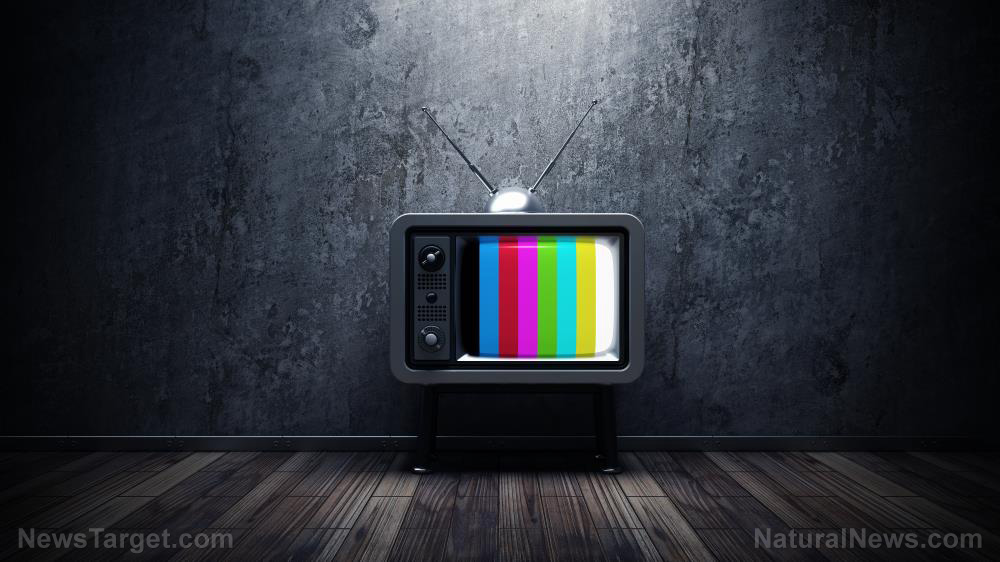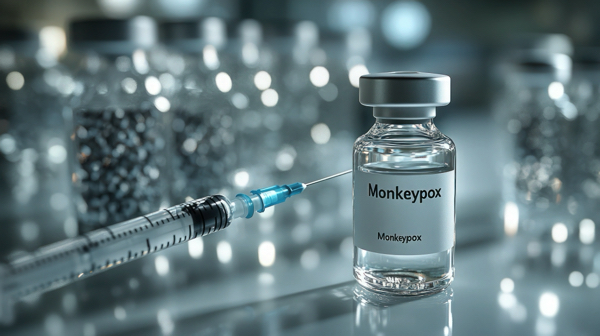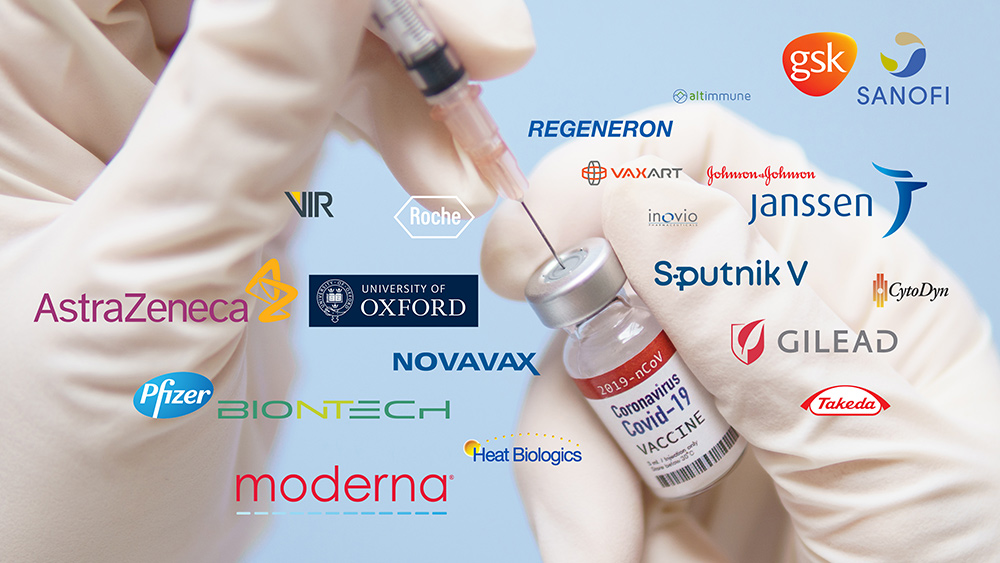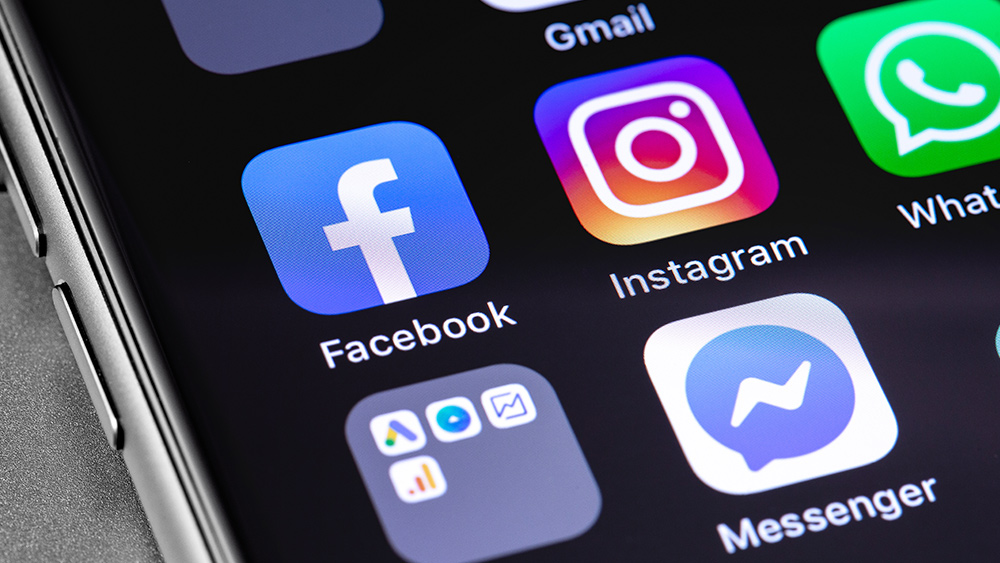With TV drug ads, what you see is not necessarily what you get
09/10/2024 / By News Editors

Triumphant music plays as cancer patients go camping, do some gardening, and watch fireworks in ads for Opdivo+Yervoy, a combination of immunotherapies to treat metastatic melanoma and lung cancer. Ads for Skyrizi, a medicine to treat plaque psoriasis and other illnesses, show patients snorkeling and riding bikes — flashing their rash-free elbows. People with Type 2 diabetes dance and sing around their office carrels, tipping their hats to Jardiance. Drugs now come with celebrity endorsements: Wouldn’t you want the migraine treatment endorsed by Lady Gaga, Nurtec ODT?
(Article by Elisabeth Rosenthal republished from KFFHealthNews.org)
Drug ads have been ubiquitous on TV since the late 1990s and have spilled onto the internet and social media. The United States and New Zealand are the only countries that legally allow direct-to-consumer pharmaceutical advertising. (The European Union was furious when Lady Gaga’s Instagram post promoting the migraine drug was visible on the continent, noting it flagrantly violated its ban on direct-to-consumer advertising.)
Manufacturers have spent more than $1 billion a month on ads in recent years. Last year, three of the top five spenders on TV advertising were drug companies.
Such promotion was banned until 1997, when the FDA reluctantly allowed pharmaceutical ads on TV, so long as they gave an accurate accounting of a medicine’s true benefits and risks, including a list of potential side effects.
With those guardrails in place, few thought advertising would take hold. But the FDA underestimated the wiliness of the pharmaceutical industry, which invented a new art form: finding ways to make their wares seem like joyous must-have treatments, while often minimizing lackluster efficacy and risks.
A 2023 study found that, among top-selling drugs, those with the lowest levels of added benefit tended to spend more on advertising to patients than doctors. “I worry that direct-to-consumer advertising can be used to drive demand for marginally effective drugs or for drugs with more affordable or more cost-effective alternatives,” the study’s author, Michael DiStefano, a professor of clinical pharmacology at the University of Colorado, said in an email.
Indeed, more than 50% of what Medicare spent on drugs from 2016 through 2018 was for drugs that were advertised. Half of the 10 drugs that the Joe Biden-Kamala Harris administration targeted for drug price negotiation this year are among the drugs with the largest direct-to-consumer ad spend.
The government has, in recent years, tried to ensure that prescription-drug advertising gives a more accurate and easily understood picture of benefits and harms. But the results have been disappointing. When President Donald Trump’s administration tried to get drugmakers to list the price of any treatments costing over $35 on TV ads, for example, the industry took it to federal court, saying the mandate violated drugmakers’ First Amendment rights. Big Pharma won.
Last November, the FDA issued requirements that ads give consumers a “non-misleading net impression about the advertised drug.” The agency stated that information had to be presented in a “clear, conspicuous, and neutral manner.” Ads must avoid “audio or visual elements that might interfere with the consumer’s understanding” and “text information is presented in a way that is easy to read.”
But the language is disappointingly vague: What do “neutral” and “non-misleading” mean? Do the proscribed audio-visual elements include people hiking, or dancing to upbeat music? How quickly or slowly can the chyrons listing adverse reactions scurry across your screen? There is no FDA police force to decide how the language should be interpreted.
I asked the agency for an interview to get some clarity on its plans, but instead got a three-page email that, well, left me worrying that the blizzard of drug ads is here to stay.
It told me that ads are not vetted before airing unless the manufacturers voluntarily submit them because it is “the drugmakers’ responsibility to make sure they comply.” How do they catch ads that are noncompliant? Often, via consumer complaints, or when an agency staff member sees a booth with misleading information at a conference, the email said.
Within the FDA’s watchdog arm, the Advertising and Promotional Labeling Branch, “there are currently nine full-time employees, and a small percentage of their work includes review of DTC promotional communications, as well as other activities,” according to the agency email. If ads are determined to be noncompliant, the FDA can notify the manufacturer by sending it an “untitled or warning letter.” From 2019 to 2024, it sent a total of just 32.
…Read more at: KFFHealthNews.org
Submit a correction >>
Tagged Under:
bad ads, big government, Big Pharma, conspiracy, corruption, current events, deception, disinfo, FDA, lies, mainstream media, pharmaceutical fraud, politics, Prescription drugs, propaganda, traitors, TV, Xpost
This article may contain statements that reflect the opinion of the author
RECENT NEWS & ARTICLES
COPYRIGHT © 2017 DRUG CARTELS NEWS



















